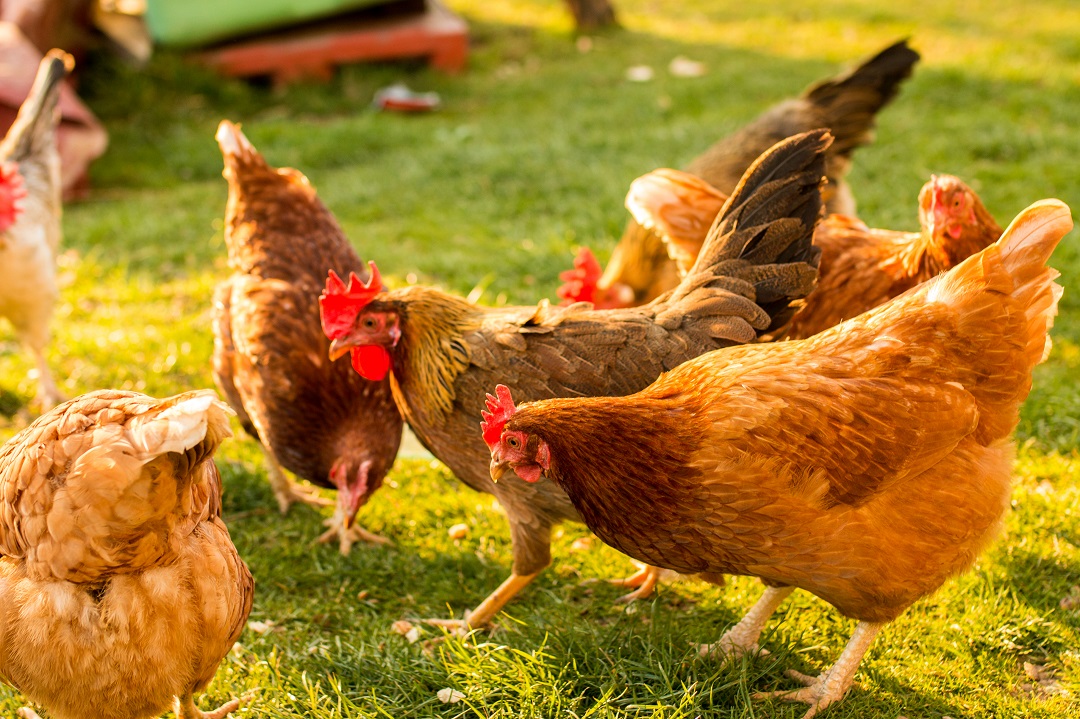
Groundhog Day will soon be here! A moment, a choice approaches near. Do we get six weeks of drear, or rays of sunshine shining clear? Apologies for the verse – please don’t be terse…
Groundhog Day is one of our more eccentric traditions. Each year, the news cycle briefly touches on the ritual, and these days it’s viewed more as a passing amusement than a predictor of fate. Some may already know the origin and history of the Groundhog Day tradition. However, as we prepare for our fun Groundhog Day Sale, I had questions which need answers.

The Main Event
On February 2nd a groundhog will be unleashed, while the town folk gather round to observe its behavior. If the skies are clear enough, the groundhog will cast a shadow. Terrified of its own shadow, the groundhog will scurry back to its underground lair and six more weeks of bitter winter weather will follow. However, if the skies are cloudy, the light of the sun will be diffused; no shadow will appear and the groundhog will remain above ground, signalling an early spring. I always thought this counter-intuitive. Cloudy weather signifies an early spring, sunshine another bout of winter cold. Whatever, that’s the way the tradition is! But where did it come from?
Origins of Groundhog Day
Historical records indicate our Groundhog Day stems from the celebration of Candlemas, brought to the US as German-speaking immigrants settled in Pennsylvania. Candlemas involved the blessing and distribution of candles, needed during the dark, bleak winter months. Many European countries and cultures celebrated Candlemas or had similar after-winter traditions, and there are many similarities between this celebration and our modern Groundhog Day tradition.
The Handwörterbuch des Deutschen Aberglaubens (Dictionary of German Folk Belief) records the use of Dachs (badgers) as weather-predictors. “If the badger encountered sunshine on Candlemas and therefore saw his shadow, he crawled back into his hole to stay four more weeks, which would be a continuation of winter weather” (Yoder, 52-53). Other variations of the tradition involve other animals too – bears, hedgehogs, foxes, for example – but there is a common thread of an animal awaking from hibernation, seeing its shadow, and retreating, signalling the continuance of winter.
Groundhogs have similar season activity patterns (to badgers, the go-to animal of the era) and were locally available. The Candlemas tradition adapts, and is eventually Americanized as “Groundhog Day”. The first recorded mention of Groundhog Day in the US was February 2nd 1840, recorded in the diary of James L. Morris in Morgantown, Pennsylvania (The Pennsylvania Dutchman). Larger celebrations followed in Punxsutawney in the 1880’s and onward, carried out each year by the Punxsutawney Groundhog Club at Gobbler’s Knob (aside: Gobbler’s Knob is an amazing name).

Marmot Minutiae
- The groundhog (Marmota monax, aka woodchuck, aka marmot) was long-ago known as Arctomys monax – translating to “bear-rat”. Perhaps the groundhog was far larger and more ferocious than the scurriers of today? Regardless, bear-rat gets my vote for best groundhog pseudonym.
- Stormfax.com maintains a record of the Phil’s accuracy! Since 1887, Phil’s maintained only a 39% accuracy rating.
- Punxsutawney Phil and the Groundhog Club have a Twitter Account which you should absolutely check out.
- Another name for groundhog is “whistle-pig”, stemming from the wide variety of crazy hisses, squeals, and chattering noises they can make.
- Hedgehogs can attain a top cruising speed of 8 mph.
- Their teeth grow 1/16″ each week.
- During their active feeding season, a groundhog commonly eats ~1/3 of their weight in vegetables each day.
- While hibernating, a groundhog’s heart rate slows to just 5 beats per minute.
- Correctly spelling “Punxsutawney” repeatedly throughout a blog post is challenging.
- The amount of wood that a woodchuck is capable of chucking, was once empirically proven to be 16 hectares. (note: this is complete nonsense – they can’t even chuck wood).
Rain or Shine?
What do you think we’ll get this year? I consider myself to be a hibernating creature, but I’m not afraid of my shadow and am definitely not a meteorologist. I am an Oregonian, so I’m predicting rain for at least another six weeks.
Whether or not your prediction’s on point, don’t forget to shop our Groundhog Day Sale.
Happy Groundhog Day!




















